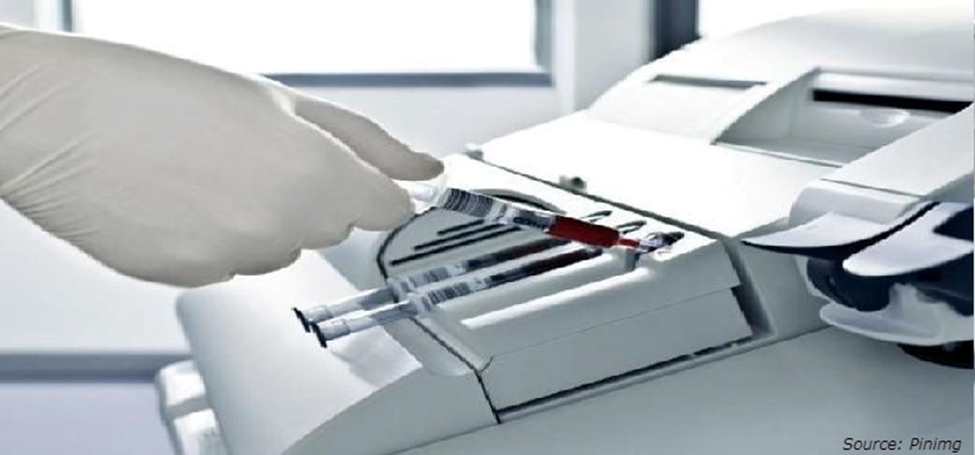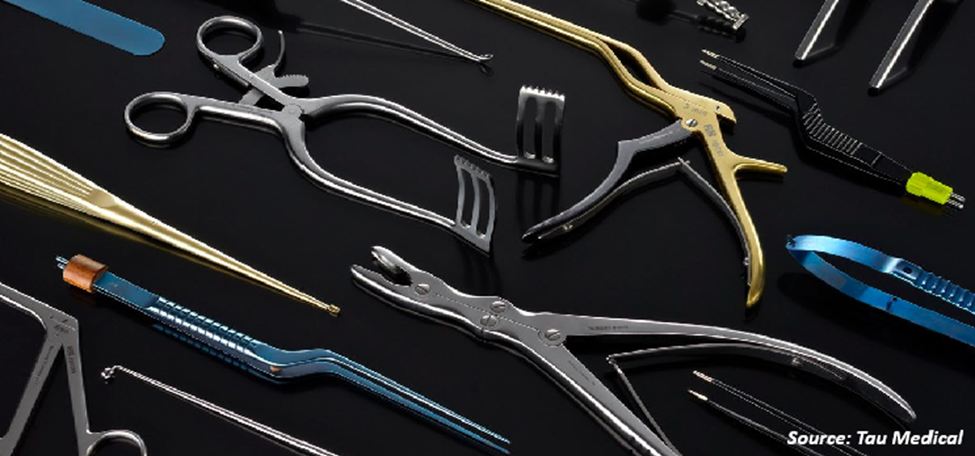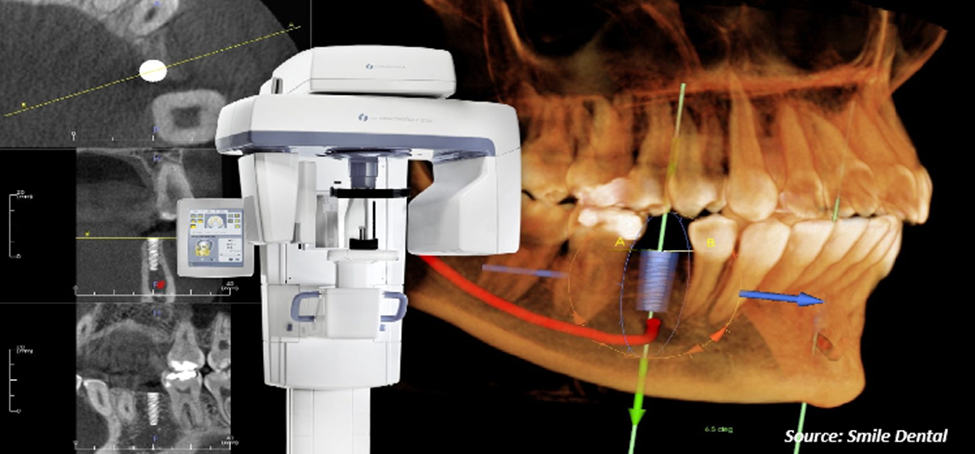
IVF Devices and Consumables Market by Product (Instrument, Accessory & Disposable, and Reagent & Media), by Technology (Fresh Embryo IVF, Frozen Embryo IVF, and Donor Egg IVF) by End User (Fertility Clinic, Hospital, Surgical Center, and Clinical Research Institute) - Global Opportunity Analysis and Industry Forecast, 2020 – 2030
Market Definition:
The global IVF Devices and Consumables Market size valued to USD 2.58 billion in 2019; is predict to reach USD 10.28 billion by 2030 with a CAGR of 13.30% from 2020-2030.
The In Vitro Fertilization (IVF) is a type of Assisted Reproductive Technology used to treat infertility and help conceive gestational surrogacy. In IVF, male sperm and female ovum undergo artificial fertilization outside the body, in laboratory conditions, to form a zygote, into a liquid medium, in a vitro (glass). Single parent and LGBT community widely adopt it to procreate. IVF is a highly successful ART, with more than 8 million births since 1978.
IVF devices and consumables play a vital role in executing the IVF procedure, which involves usage of various surgical instruments, accessories, disposables, reagents, and media.
Market Dynamics and Trends:
The global IVF devices and consumables market-growth is significantly escalating, owing to rise in global infertility rates, delayed pregnancies, increased gamete donations, rise in same-gender marriages, and increased number of gestational surrogacies. Besides, the technological advancements associated with IVF devices, modernizing healthcare infrastructures, increasing disposable incomes and high success rate of the IVF treatment are to create lucrative opportunities during the forecast period.
However, factors such as low awareness towards IVF treatment, cost constraints associated with the procedure and complications related to the IVF procedure, may impede the growth of IVF devices and consumables market during the forecast period.
Moreover, technological innovations in the IVF technology such as embryoscope and capsule IVF, increase in IVF clinics, surge in fertility tourism specifically in the emerging economies, shall boost the growth of the global IVF devices and consumables market during the forecast period.
Market Segmentations and Scope of the Study:
The global IVF devices and consumables market share is analyzed based on product, technology, end user and geography.
Based on the type of product, the market is classified into Accessory & Disposable, Reagent & Media and Instrument. The instruments are sub segmented into Sperm Separation System, Cryosystem, Incubator, Imaging System, Ovum Aspiration Pump, Cabinet, Micromanipulator, and Others. The reagent & media segment is further divided into Cryopreservation Media, Semen Processing Media, Ovum Processing Media, and Embryo Culture Media. Based on technology, the market is divided into Fresh Embryo IVF, Frozen Embryo IVF, and Donor Egg IVF. Based on end user, the market is fragmented into Fertility Clinic, Hospital, Surgical Center, and Clinical Research Institute Geographic breakdown and analysis of each of the previously mentioned segments include regions comprising North America, Europe, Asia-Pacific, and RoW.
Geographical Analysis:
North America is expected to dominate the global IVF devices and consumables market throughout the fore-cast period owing to the increased adoption of IVF services. Besides, factors like advancements in the IVF technology, increase in disposable income, increase in male-female infertility and delayed pregnancies among women are expected to augment the growth of IVF devices and consumables market in the near future.
Asia Pacific is expected to witness a rapid development in the global IVF devices and consumables market, with a substantial increase in market share, owing to factors such as increase in fertility tourism, increase in healthcare expenditure and infrastructure. Moreover, upsurge in fertility clinics, increased awareness and adoption of advanced IVF technologies, shall fuel-up the market growth in coming future.
Competitive Landscape:
The highly competitive IVF devices and consumables market, consists of various market players. Some of the major market players are Fujifilm Holdings Corporation (Irvine Scientific Sales Company, Inc.), Cook Medical Inc., Merck KGaA (EMD Serono, Inc.), Genea Biomedx, Oxford Gene Technology, Millendo Therapeutics, Inc., The Cooper Companies, Inc. (CooperSurgical, Inc.), Progyny Inc., Vitrolife AB and Thermo Fisher Scientific, Inc., among others.
The past endeavors, present developments and futuristic advancements, sum-up to comprehend the overall growth of the global IVF devices and consumables market.
For instance, in May 2019, one of the key players in the IVF devices and consumables market, Vitrolife acquired the business of Parallabs Ltd, its distributor in UK and Ireland for EmbryoScope time-lapse systems. This acquirement reinforces the roots of Vitrolife in the UK and Ireland by getting access to a wealth of experience from Parallabs, as well as in offering consumers with absolute Vitrolife portfolio from a single-sales channel.
Furthermore, the Medical technology company from Sydney, Memphasys is to launch its new device to boost success in IVF procedures, in the second half of 2020. Where male infertility is a big factor that impedes the success rates of IVF treatments; Memphasys unique Felix device is an automated, non-DNA damaging lab instrument that separates the best quality, negatively charged sperm for use in the IVF process, hence increasing the success ratio of IVF treatments.
Key Benefits:
-
The IVF devices and consumables market report provide a quantitative analysis of the current market and estimations through 2020-2030 that assists in identifying the prevailing market opportunities to capitalize on.
-
The study comprises a deep dive analysis of the IVF devices and consumables market trend including the current and future trends for depicting the prevalent investment pockets in the market.
-
The report provides an in-depth analysis of current research and clinical developments within global IVF services market along with key market dynamic factors that help in understanding the behavior of global IVF devices and consumables market.
-
A comprehensive analysis of the market scenario in terms of devices, accessories, and disposables as well as reagents and media, helps in identifying the prevailing opportunities in the global IVF devices and consumables market.
-
The report provides detailed information related to key drivers, restraints, opportunities and their impact on the IVF devices and consumables market.
-
The report incorporates a competitive analysis of the market players along with their market share in the global IVF devices and consumables market.
-
The study elaborates SWOT analysis and Porters Five Forces model for the IVF devices and consumables market.
-
Value chain analysis in the IVF devices and consumables market study provides a clear picture of the stakeholders’ roles.
Key Market Segments:
By Product
-
Instrument
-
Sperm Separation System
-
Cryosystem
-
Incubator
-
Imaging System
-
Ovum Aspiration Pump
-
Cabinet
-
Micromanipulator
-
Others
-
-
Accessory & Disposable
-
Reagent & Media
-
Cryopreservation Media
-
Semen Processing Media
-
Ovum Processing Media
-
Embryo Culture Media
-
By Technology
-
Fresh Embryo IVF
-
Frozen Embryo IVF
-
Donor Egg IVF
By End User
-
Fertility Clinic
-
Hospital
-
Surgical Center
-
Clinical Research Institute
By Geography
-
North America
-
U.S.
-
Canada
-
Mexico
-
-
Europe
-
UK
-
Germany
-
France
-
Italy
-
Rest of Europe
-
-
Asia-Pacific
-
China
-
India
-
Japan
-
Australia
-
Rest of Asia-Pacific
-
-
RoW
-
UAE
-
Saudi Arabia
-
South Africa
-
Brazil
-
Rest of RoW
-
KEY PLAYERS:
-
Fujifilm Holdings Corporation (Irvine Scientific Sales Company, Inc.)
-
Cook Medical Inc.
-
Merck KGaA (EMD Serono, Inc.)
-
Genea Biomedx
-
Oxford Gene Technology
-
Millendo Therapeutics, Inc.
-
The Cooper Companies, Inc. (CooperSurgical, Inc.)
-
Progyny Inc.
-
Vitrolife AB
-
Thermo Fisher Scientific, Inc.
REPORT SCOPE AND SEGMENTATION:
Parameters |
Details |
Analysis Period |
2019–2030 |
Base Year Considered |
2020 |
Forecast Period |
2020–2030 |
Market Size Estimation |
Billion (USD) |
Market Segmentation |
By Product (Instrument, Accessory & Disposable, Reagent & Media) By Technology (Fresh Embryo IVF, Frozen Embryo IVF, Donor Egg IVF) By End User (Fertility Clinic, Hospital, Surgical Center, Clinical Research Institute) |
Geographical Segmentation |
North America (U.S., Canada, Mexico) Europe (UK, Germany, Italy, France, Rest of Europe), Asia-Pacific (China, Japan, Australia, India, Rest of APAC), Rest of the World (UAE, Saudi Arabia, South Africa, Brazil, Rest of RoW) |
Companies Profiled |
Fujifilm Holdings Corporation (Irvine Scientific Sales Company, Inc.), Cook Medical Inc., Merck KGaA (EMD Serono, Inc.), Genea Biomedx, Oxford Gene Technology, Millendo Therapeutics, Inc., The Cooper Companies, Inc. (CooperSurgical, Inc.), Progyny Inc., Vitrolife AB and Thermo Fisher Scientific, Inc. |




 Speak to Our Analyst
Speak to Our Analyst


































